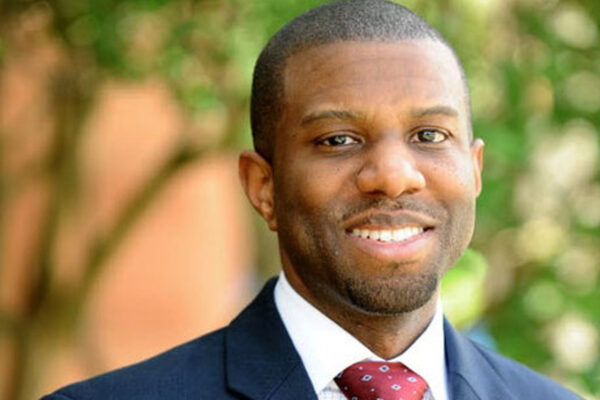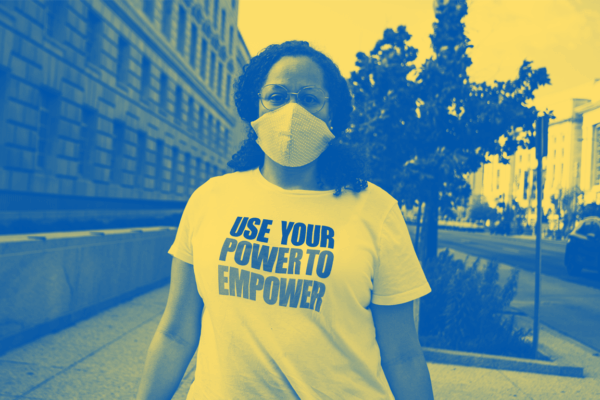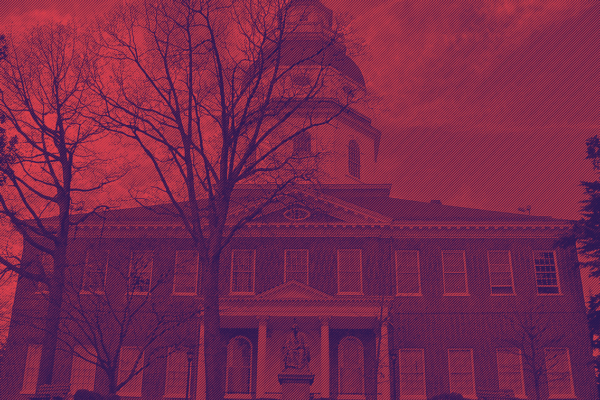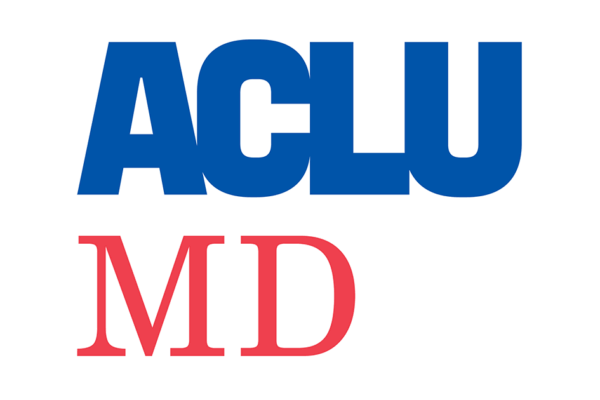Dr. Ivory Toldson is a national expert on educating students of color and building channels for post-secondary success. President and CEO of The Quality Education for Minorities (QEM) Network and professor of counseling psychology at Howard University, Dr. Toldson is also the former head of the White House Initiative on Historically Black Colleges and Universities. Thanks to the efforts of ACLU of Maryland’s Kim Humphrey, Esq., Dr. Toldson recently addressed the Maryland Commission on Innovation and Excellence in Education (“Kirwan” Commission) about racial equity in school funding and what it takes for Black students to succeed. The Kirwan decision-makers should take action on Dr. Toldson’s recommendations.
Examining Systemic Inequities in Schools
- How to look for the best information
- Think about the standards we are using
- How to properly use research and data
What information helps us create viable solutions?
The P.R.O.P.E.R. Way to Educate Black Students
Get Engaged





